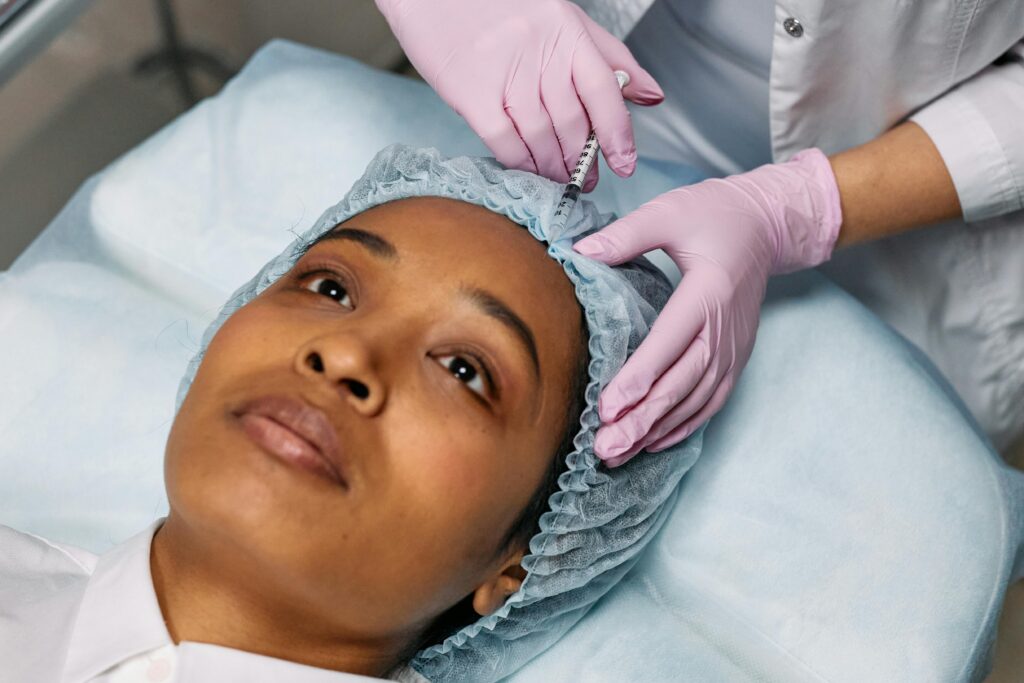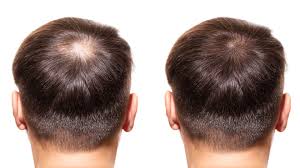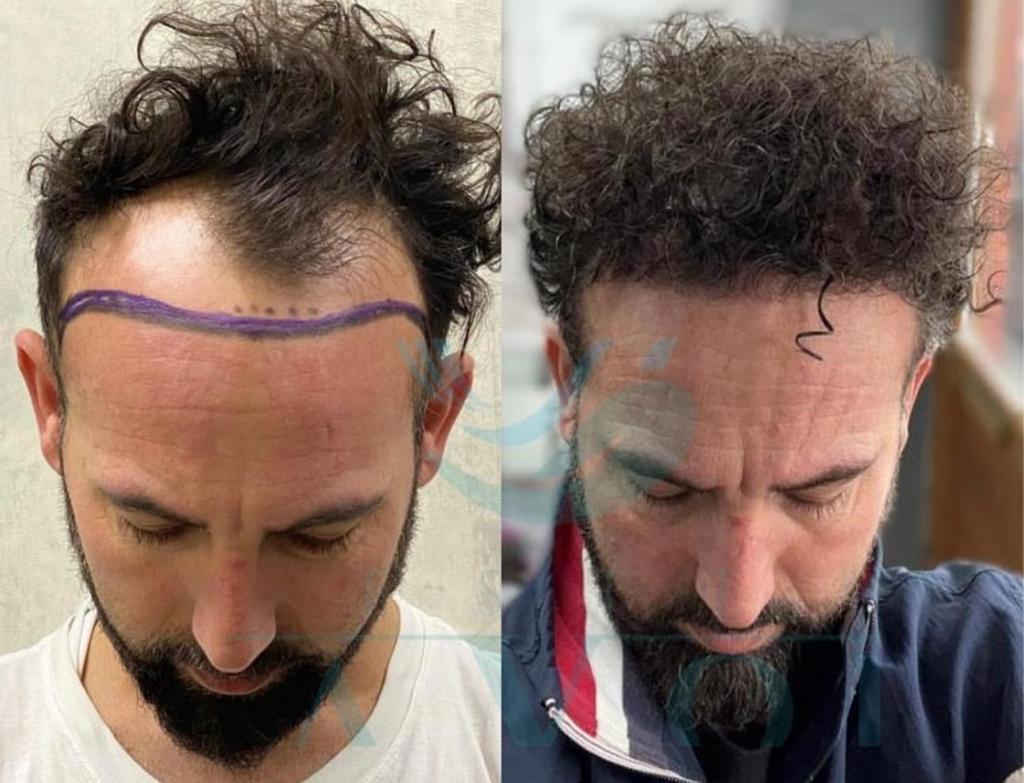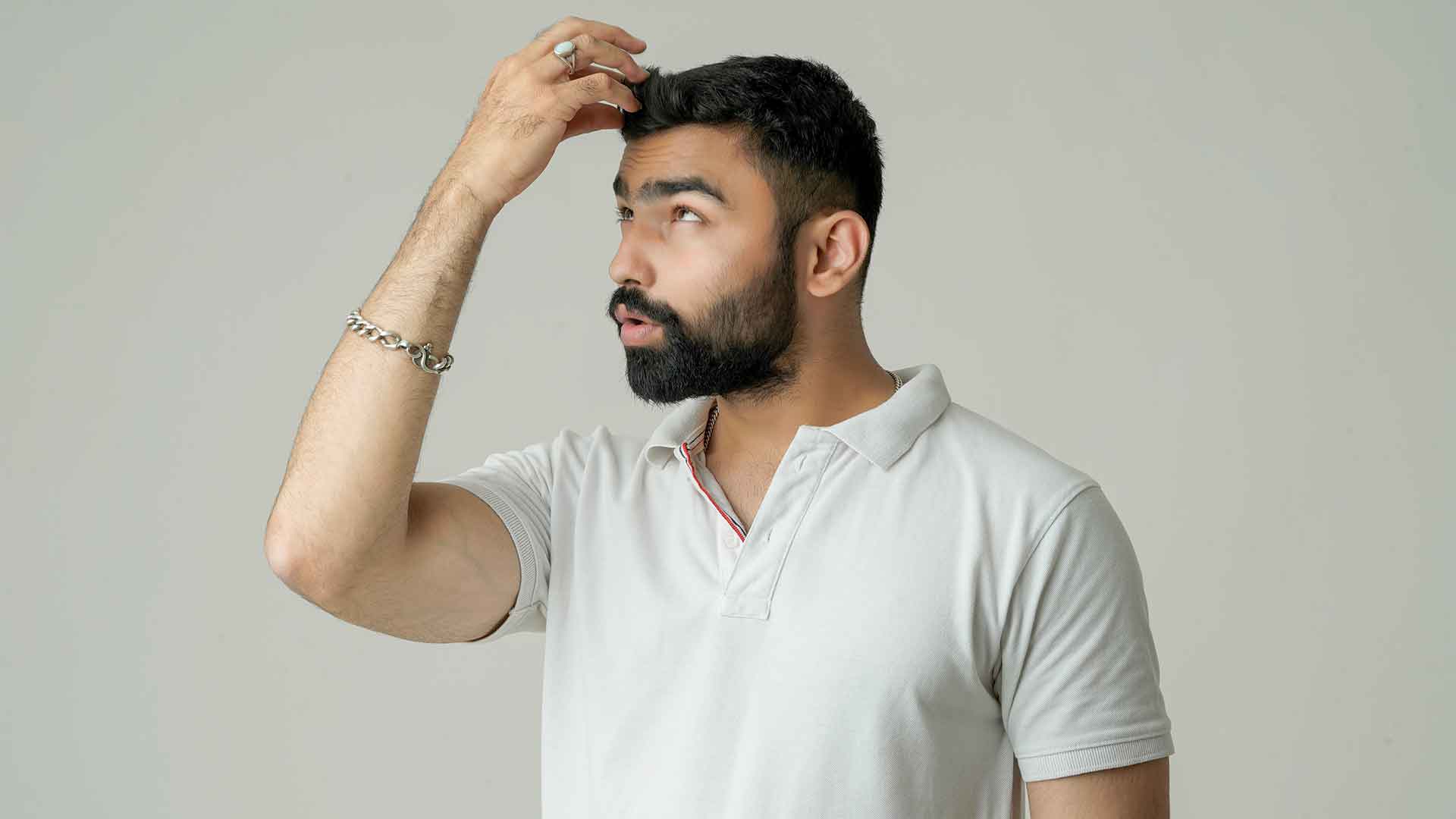Hair loss can be a tough experience for many people, whether it’s due to age, genetics, or other factors. Fortunately, hair transplant procedures have provided an effective solution for those struggling with thinning or balding areas on their scalp. But the most important question is, what can you expect from your hair transplant result? This guide will walk you through the process, what influences the results, and how you can ensure a successful outcome.
What is a Hair Transplant?
Before diving into hair transplant results, let’s first understand what a hair transplant is. A hair transplant is a medical procedure where hair follicles are moved from one part of your scalp (often the back) to a thinning or bald area. This surgery helps people regain thicker, fuller hair by utilizing their own natural hair.

Why Do People Choose Hair Transplants?
People choose hair transplants for many reasons, including:
- Genetics: Many people experience hair thinning or baldness because of their genes.
- Aging: As we get older, our hair naturally thins out.
- Hormonal changes: Conditions like pregnancy or menopause can cause hair loss in women.
- Stress or illness: Certain conditions or medications can lead to temporary hair loss.
A hair transplant can offer a permanent solution to hair loss by moving hair from areas where it’s still growing to areas where it’s not.
How Does a Hair Transplant Work?
A hair transplant works by relocating healthy hair follicles from one area of the scalp, typically the back or sides, to a thinning or balding region. The procedure usually involves two main techniques: Follicular Unit Transplantation (FUT) and Follicular Unit Extraction (FUE). In FUT, a strip of skin is removed, and individual follicles are harvested and implanted into the recipient area. In FUE, follicles are extracted individually and directly transplanted. The transplanted hair follicles take root and begin to grow in their new location, producing natural-looking hair over time. The process is minimally invasive, with most patients experiencing significant hair regrowth.
1. Follicular Unit Extraction (FUE)
This method involves extracting individual hair follicles from a donor area (usually the back of your head) and implanting them into the thinning or bald areas. This method is minimally invasive, meaning it doesn’t require large incisions and typically leaves less noticeable scarring.
2. Follicular Unit Transplantation (FUT)
In FUT, a strip of skin with hair follicles is taken from the donor area, and the follicles are then separated and implanted into the bald areas. This method is typically recommended for people needing more extensive coverage.
What to Expect From Your Hair Transplant Result

It’s natural to wonder, “When will I see the results of my hair transplant?” The short answer is that the results take time. Your hair transplant result is not instant, and you should be patient. Let’s break down what to expect in the weeks, months, and years after the procedure.
The First Few Days: Healing Period
Right after your transplant, you might experience some swelling, redness, or tenderness in the treated areas. This is normal and should subside within a few days. Your doctor will provide you with care instructions to help reduce discomfort and ensure proper healing.
Week 1: Shedding Phase
After your hair transplant, you will notice some of the newly implanted hairs shedding. Don’t worry! This is completely normal and part of the natural cycle of hair growth. This shedding occurs because the hair follicles are adjusting to their new environment, but it doesn’t mean the transplant was unsuccessful.
Months 1-3: Early Growth
By the 3rd month, you will start to notice new hair growth, but it may be fine and thin at first. This is a crucial phase where the transplanted hair follicles begin to establish themselves in their new locations. You may feel excited as the hair starts to grow, but be aware that the new hair may still look sparse.
Months 4-6: Improvement in Density
Around the 4-6 month mark, your hair should start thickening and growing more evenly. You’ll notice less thinning and more noticeable hair in the transplanted areas. Although the hair growth may still be patchy in some spots, significant improvements will be visible by the end of this period.
Months 6-12: Full Thicker Hair
Between months 6 and 12, your hair will continue to grow thicker and fuller. At this point, you’ll likely notice a visible change in your hair transplant result. The transplanted hair is now well-established, and you can expect better density. However, individual hair strands may still be growing at different speeds.
After 12 Months: Final Results
Around the 12-month mark, you will begin to see your final hair transplant result. Your hair will have grown in fully, and you should see significant improvements in thickness and coverage. Keep in mind that hair growth can vary from person to person, so some people may continue seeing improvements up until 18 months.
Factors That Affect Hair Transplant Results
Several factors affect the success of a hair transplant. The quality and quantity of donor hair are crucial; a healthy, dense donor area increases the likelihood of a successful outcome. The skill and experience of the surgeon play a significant role in determining the precision of graft placement and the overall aesthetic result. Patient age, overall health, and hair loss stage also influence the success, as younger patients with less advanced hair loss tend to achieve better results. Additionally, post-surgery care, including following proper aftercare instructions, can impact healing, follicle survival, and the final appearance of transplanted hair.
Although hair transplants can produce great results, there are several factors that influence the final outcome. Understanding these can help you set realistic expectations and take better care of your hair.
1. Surgeon’s Expertise
The skill and experience of your surgeon play a crucial role in the hair transplant result. A qualified and experienced surgeon will ensure that the procedure is done with precision, resulting in a more natural-looking and successful outcome.
2. Donor Hair Quality
The quality of the hair taken from the donor area can affect the transplant result. If your donor hair is thick and healthy, it will be more likely to produce great results in the transplanted area.
3. Age
Your age can impact how well your hair transplant works. Younger individuals with ongoing hair loss may experience better results because their hair loss pattern is still predictable. Older individuals may see slower growth or additional hair thinning in non-transplanted areas over time.
4. Post-Procedure Care
How you care for your hair after the transplant is essential for ensuring the best results. Follow your doctor’s aftercare instructions carefully. This typically involves avoiding physical activities that could disrupt the healing process, avoiding sun exposure, and gently cleaning the transplanted area.
5. Overall Health
Your overall health can also influence your hair transplant result. Individuals with good health are likely to have faster and more successful healing, which can contribute to better hair growth outcomes.

Can You Improve Your Hair Transplant Results?
While there’s no magic solution to guarantee perfect results, there are steps you can take to enhance your hair transplant result and help the transplanted hair grow to its fullest potential.
1. Eat a Balanced Diet
Eating a healthy, balanced diet rich in vitamins and minerals like biotin, vitamin E, and zinc can support hair health. These nutrients help nourish hair follicles and may promote faster hair growth.
2. Minimize Stress
Stress can affect your overall health, including your hair. Try relaxation techniques like yoga, meditation, or regular exercise to reduce stress levels.
3. Use Gentle Hair Care Products
Avoid harsh chemicals or shampoos that can irritate your scalp. Use gentle hair care products that nourish and hydrate your hair and scalp.
4. Consider Minoxidil or Finasteride
In some cases, doctors recommend using products like minoxidil or finasteride to improve hair growth. These medications can promote hair growth and help reduce the risk of additional hair loss after a transplant.
Conclusion:
A hair transplant is a highly effective way to restore hair in thinning or bald areas. However, achieving the best hair transplant result takes time, patience, and proper aftercare. By understanding the stages of hair growth, factors that affect results, and how to care for your hair, you can ensure that your transplant provides lasting and satisfying results.
Remember, results vary from person to person, but with the right expectations and care, you can look forward to a fuller head of hair and a renewed sense of confidence.

